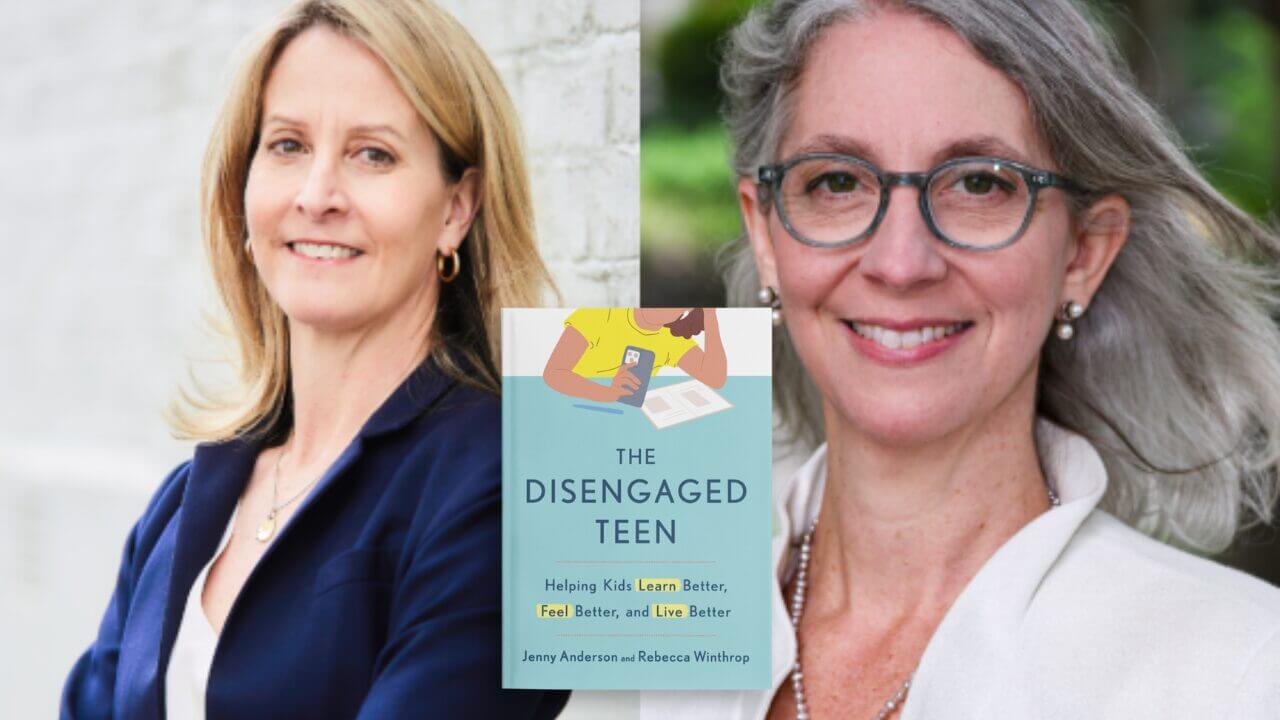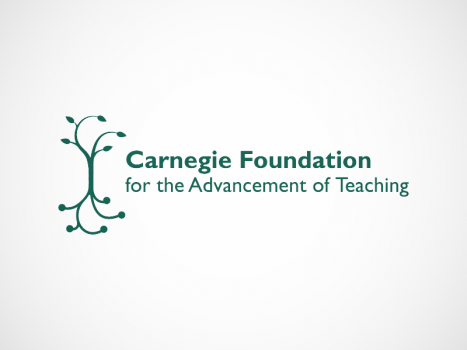Finding the Right Fit: Reflections on the Use of Improvement Research in Education
In the past few years, organizations like ours have looked to the Institute for Healthcare Improvement (IHI) as a model for employing improvement research to support sustainability and scaling efforts in various fields. There are many good reasons for this. IHI, created by Don Berwick and colleagues in the late 1980s, has executed its small tests of change and rapid prototype testing to support adoption of patient safety practices that engaged 7,000 U.S. hospitals to prevent more than five million incidents of medical harm over a very short period. Currently some of the world’s finest hospitals and medical practices have embraced IHI’s ideas and techniques to improve patient care. Developing, introducing and sustaining needed innovation and systems change is something they clearly know how to do.
And more importantly, although there are adaptations needed for those of us in education to use the tools of healthcare improvement, there is much we can learn and use from that work.
As Carnegie President Tony Bryk, Senior Partner Louis Gomez, and Associate Partner Alicia Grunow write in a recent essay (PDF), “a core set of principles undergird (the research on health care services) and forms a science of improvement.” They write that the IHI work provides necessary frameworks for our efforts in education improvement. They also posit that many other fields in addition to education can benefit from IHI’s approach to improvement research. “Extracting core ideas and translating them into more productive institutional arrangements for educational R&D pose important questions for learning scientists, organizational sociologists and political scientists interested in how expertise networks advance social improvement,” they write.
Indeed, Carnegie staff continues to work with IHI to adapt and apply tools like 90-day cycles, driver diagrams and improvement maps, the support mechanisms for mapping a complex problem-solution space and engaging a community around a problem of practice. Bryk and colleagues outlined the similarities between healthcare and education: “Like education, health services are carried out through complex organizations. Like physicians, school and college faculty expect to have discretion to determine how best to respond to a particular set of presenting circumstances. Both enterprises are human and social resource intensive, and both operate under largely decentralized governance arrangements.”
However, despite the value and efficiency of learning from the success of others, the alignment of tools to problems of practice need a bit of maneuvering to ensure an appropriate fit across fields. In an article published in the January/February issue of Educational Researcher by Anne Morris and James Hiebert (download PDF), a strong case is made for using “a science of improvement” to create shared instructional products in order to improve teaching. They too studied IHI, comparing standardized treatment protocols in healthcare to the standardization of instructional products in K-12 education. Morris and Hiebert recognize that there are differences encountered in improving the healthcare system versus improving classroom teaching.
In a recent interview, they talked about those differences:
In the healthcare system, it often is the case that: the goals can be stated more precisely, fewer variables are presumed to be the direct, immediate causes for the outcomes, and (in part because of these two factors) simpler assessments can be created to measure the outcomes. The goals targeted for improvement in the IHI program often focus on specific errors that occur during the practice of routine procedures. These goals can be stated precisely, and in ways that are understood immediately by all healthcare providers associated with the relevant procedure. The goals for improving teaching focus on students’ learning. (This is because, in the end, all changes in teaching must be measured against whether they help students better achieve specified learning goals.) But students’ learning goals often elude precise description and can be interpreted in different ways by different educators. For example, in elementary mathematics the goal of understanding the relationship between grouping quantities by units that increase by a factor of 10 and the place valued numerals is a learning goal at an appropriate grain size (i.e., it can guide the development of a lesson) but one that has multiple components and can prompt different instructional approaches.
For the elementary mathematics learning goal just stated, multiple causes can be identified for students’ success or failure. There are a large number of hypotheses that can be offered to explain students’ learning, only some of which are related to the nature and quality of teaching.
Finally, assessing whether students achieve learning goals can be complicated, especially if the goals include ‘conceptual understanding.’ Multiple assessments are needed to conclude how deeply and broadly students understand important concepts.
Hiebert and Morris conclude that, “Although these differences are important, they do not undermine our confidence that lessons from improving healthcare can be used to examine strategies for improving classroom teaching. We believe there are enough similarities between the systems that studying healthcare improvement is worth the effort.”
Carnegie vigorously agrees. However, Carnegie staff and the IHI coaches have also realized that there would need to be adjustments in the IHI approach because of the differences in our work in community colleges, a sector that shares aspects of the problems in sustaining change with K-12 but has its own culture to address. Associate Partner Alicia Grunow explained that Carnegie’s initial attempts to explore and talk about the use of some of the IHI improvement tools in education has both challenged and appealed to many of the ways of doing business in the education world.
“One benefit of improvement science is that it provides a rigorous way to explore ‘how’ questions, those which are neither trivial nor typically addressed by traditional research methodologies,” she said. “But they also require a different paradigm for thinking about measurement.” She explained that from the practitioner point of view, improvement methodologies provide a discipline to guide the large amount of effort that goes into making changes in classrooms, schools and districts. But this discipline requires different processes for deciding what to work on and “rolling out” changes in order to learn from smaller, iterative tests of change. “This tension between ‘fast enough to be useful’ and ‘slow enough to be thorough’ is a tension that affects any sort of bridging between research and practice in education,” she said. “Hitting that sweet middle ground requires everyone to work in ways that are often slightly out of their comfort zone.”
Grunow agreed with Morris and Hiebert in that a key difference between improvement research in education and in medicine is that in education there are fewer agreed upon measures of what constitutes successful teaching and learning. She said that the measures currently used and developed may be useful for a variety of purposes, but are not likely to generate the kind of information needed to support improvements in the day-to-day work of instruction in classrooms. In health services, however, the measures—patients with improved health or no accidental deaths—are much clearer.
Grunow added that some of the culture shifts that need to happen for improvement science to be embraced by education are very similar to those that faced medicine 10 years back when healthcare professionals too often accepted that “complications happen” much as too many educators accept that “some students simply won’t learn as much as others.” The present culture of working on solutions decoupled from problems, for example, pointing fingers at some individual teachers as “bad apples” instead of working on the systems within which all teachers work, and an acceptance of failures as unavoidable is not unlike what the quality movement in healthcare faced at the beginning of their efforts. “Their success facing what is in some ways an analogous culture gives me hope for improvement in our enterprise,” she said.
February 3, 2011
A New Look at Scale and Opportunity to Learn “There still remains room for optimism in technology’s ability to transform education, in part, because of its almost unique role in enhancing all students’ opportunities to learn,” write Carnegie Senior Partner and University of Pittsburgh professor Louis Gomez, Carnegie Visiting Resident…
June 9, 2011
A concrete way to learn how a Networked Improvement Community (NIC) might organize and carry out a better program of educational R&D is to build one. In this spirit, the Carnegie Foundation in partnership with several other colleagues and institutions, is now initiating a prototype NIC aimed at addressing the…






